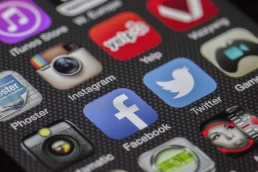Branding is both a science and an art. It is a science because it requires a careful systematic study on how it is approached based on facts and theories; it is also an art because it is geared to appeal to and touch human emotions.
In the science and art of branding, we have what we call alignment. Brand alignment is a discipline by which a brand holds its peculiar characteristics and main features in order to maintain its unique position in the market. Think about luxury brands, such as Hermes and Louis Vuitton. Notice how these luxury brands maintained their alignment with their market, pricing, approach, and designs throughout their existence.
Although the market is volatile and has required them to adapt, these brands have maintained alignment from their original brand proposition. In other words, the “feel” of the brand never changed. Notable business professor Henry Mintzberg defined this move as “strategy as a pattern,” wherein a brand is tailored in certain ways to make the public associate these characteristics into the brand and vice versa.
Think about Starbucks. Starbucks clearly uses “strategy as a pattern” wherein all characteristics of the products are similar and the niche market is similar. Having said so, this strategy creates a sort of a brand pattern or “culture.” When you think about Starbucks, the following may come into your mind: meeting place; third space, namely, a place to go between home and work; friends; and light conversations.
Deliberately or not, Starbucks can create a pattern by which the expectations of people have already been settled; a “culture” has been created. Therefore, creating something new is not one of the key focuses of a brand that has already created a culture. Its new brand propositions should always be aligned with the already-created pattern.
Going over or under board too quickly alienates the people, thereby creating a brand crisis. Think about Apple Inc., which “brilliantly” moved from one iPhone to the next by bearing the semblance of the previous. They know exactly that going against the created norm in their product may have unsavory backlash.
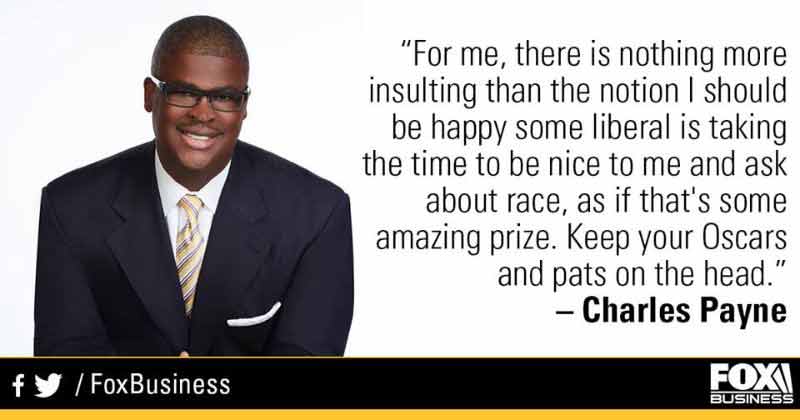
Going back to Starbucks, just this year, they have exemplified a campaign that went overboard from the culture it created over the years. In other words, they created a move that went a little far from what is expected of them. All over the USA, baristas were encouraged to inscribe “race together” in the cups of Starbucks to encourage conversations among its customers. Perhaps, the brand managers thought, “Yeah! Starbucks is a place where conversations take place, why don’t we put up a campaign that encourages race equality?” You may have already heard about the result, but let me give you further an idea.
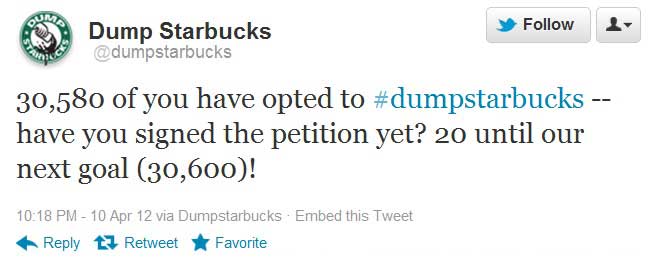
Yes. It not only flopped but also caused itself a major brand crisis, for the lack of a better word: a public outrage!
What’s the proof? Just over 30,000 people signed up to the #DumpStarbucks campaign.
Clearly, Starbucks went overboard by touching a topic that establishments in the food and beverage industry wouldn’t wish to be a part of. People recognize that Starbucks provide random compliments, cheery greetings, and clean service, and that’s just about it. People might have thought “Why in the world would a coffee shop encourage a talk about racism at all? It’s none of its business.” One could realize here that Starbucks created what we can call a brand crisis.
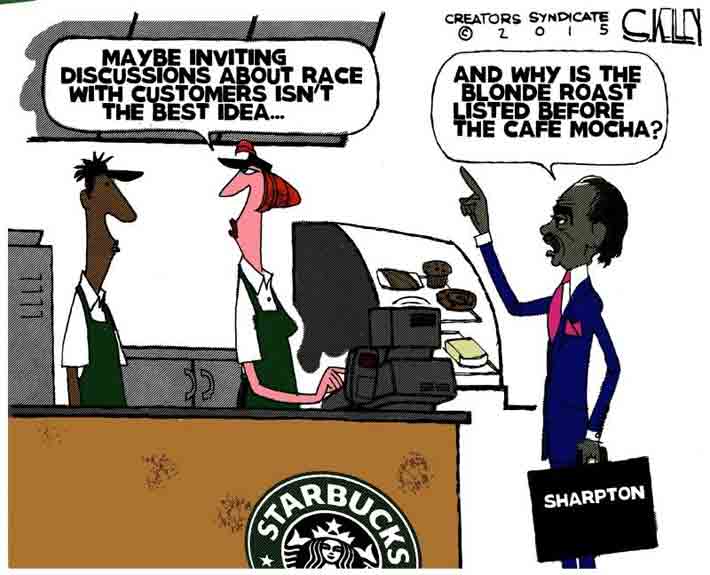
What happened next was unprecedented. People investigated the top executives of Starbucks. Then, people commented on as to why all team members are white and none of them are “colored?” The vice president of the Global Communications of Starbucks had to deactivate his Twitter account. Professor Nader Tavassoli of London Business School noted this as “. . . so much for an open discussion!” in one of his lectures.
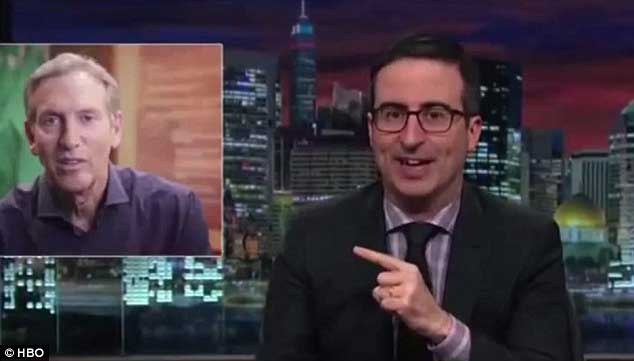
Let me borrow a list of “What People Are Saying about Starbucks,” an article written by R. Hernandez.
The campaign has predictably elicited strong reactions. Here are a few of those we found interesting.
Over at Medium, Tressie McMillan Cottom wonders who the audience is, to begin with.
It is unclear who Starbucks is aiming for with this campaign. If you are a colorblind ideologue, just mentioning race is racism. If you are racist, being confronted with “perspectives” on race will piss you off. If you know the difference between race and racism, race stickers will confuse you. If you would rather talk about your feelings about that thing that was about race that one time rather than talk about racism, you’re really going to slow down the latte line.
Think Progress says a company that already “manipulates language” has no business talking about race.
The branding of places like Starbucks are particularly obnoxious: the operation requires you to adopt a nonsensical lexicon that elevates the ordinary (calling a cashier a barista is the equivalent of calling an Apple employee, a.k.a., a glorified RadioShack worker, a “genius”). Even a small is “tall” at Starbucks. A place that manipulates language in this way should not be responsible for “starting a conversation” about anything, least of all an issue as fraught, complex and sensitive as race.
Entrepreneur says the campaign is unfair to the people who have to dish it out.
Putting this immense task on workers, even if it is voluntary, is taxing and unfair. Customers sue restaurants and attack employees over problems as inconsequential as order mix-ups. With hundreds of customers served at a single Starbucks every day, it’s easy to imagine employees suddenly dealing with a slew of ignorant, racist or violent reactions — or individual baristas making ignorant or racist comments themselves.
Danielle Henderson at Fusion was blunt with the headline, “The Starbucks ‘Race Together’ Campaign Sounds Like a Terrible Idea.”
It’s the height of liberal American idealism and a staggering act of hubris to think we can solve our systemic addiction to racism over a Frappucino.
Over at The Daily Telegraph, Rosa Silverman is concerned about the language used in the campaign.
If Starbucks wants to tackle this, then all the better (even if it has precious little to do with the serving of coffee).
But the language with which we discuss the topic is too important to use carelessly. Unwittingly legitimizing the view that humans can be divided into separate races risks doing more harm than good in the long run.
Staying silent, as Schultz says, may be wrong, but let’s make sure that if we’re going to speak up, we think hard about the words we’re using to do so.
We can learn from here that aligning a brand to its original proposition is always important especially to brands that have created a culture with which people have already made attachment. One may comment that the control of a brand no longer belongs to the owners of the corporation but to the people who buy the products. These people can be considered as the true “rulers” of the brand.
In my experience as a strategist to celebrities, a career crisis comes when a celebrity is caught or seen doing something out of his or her original proposition.
In other words, “the brand is out of alignment.” In this case, we may apologize, retract, or disassociate the artist from the issue. We let the issue die by ignoring it and by keeping the artist away from limelight for a while. Alternatively, the artist is pushed toward an evolved image, or he/she may create a new image (which is of course a very dangerous move). Think about Whitney Houston. Her voice has set a pattern of expectancy from the people. However, she could no longer provide the people the voice they wanted to hear in the last series of her concerts.
People’s reactions were disastrous although they know that the artist clearly aged, and thus, voice decline is imperative.
However, in the world of branding, people can be very unforgiving once they have attached themselves emotionally to a brand. They’ll do everything they can to hold on to it even if it means “dumping” the brand if it no longer fits to their patterned set of expectations. Think about what Miley Cyrus had gone through from destabilizing herself from the old image to the new. Although it was a very rough and difficult ride, she “wrecked” the crisis away, set a new pattern for herself, and found a new set of followers. It was doable for her because she, unlike medium to large corporations, does not have hundreds or thousands of employees to pay regularly.
A week of brand crisis for corporations means a real disaster! Think about Mariah Carey’s venture into the movie industry. She may be the highest selling female singers of all time but acting in the movies appeared to be “out of alignment” to her fans. The movie “Glitter” is known to have flopped miserably in 2001. Not that the fans hate “The Mariah Carey,” it’s just that her brand doesn’t resonate with the movies.
This is the same with Starbucks’ recent flop. There really is no problem with the original proposition or the culture; in fact, the fans are attached to the original proposition, and they are not willing to give it up and bring the brand into a place that seems to threaten the already-successful and comfortable place where it originally stands.
Scientifically speaking, our brains freak out when there is a risk for a change, namely, any change at all. For Starbucks fans, betting the “comfortable neutral ground” is just not worth risking. People would not want Starbucks to be associated with heavy discussions or topics that bring up strong negative emotions.
Starbucks can always bounce back with regard to its recent flop. It already did. It will always bounce back because it is Starbucks! What I just said clearly reflects one of its original propositions as well: Starbucks is an international brand that is already part of our lives, and it will always be, at least in the next decade or two.
What about you, what do you think?
Featured image from Entrepreneur.com.
J. Robert Gozun is a brand and celebrity publicist, fame strategist to stars, educator, and a business coach and consultant. He is the school founder and franchise owner of First EDT Learning Center Inc., an international dormitory-school located in Subic, Zambales, Philippines.
He is also the owner of JG International P.R., Management & Consultancy and a member of the Board of CMJ Multiline Corporation, an export company of luxury furniture.

